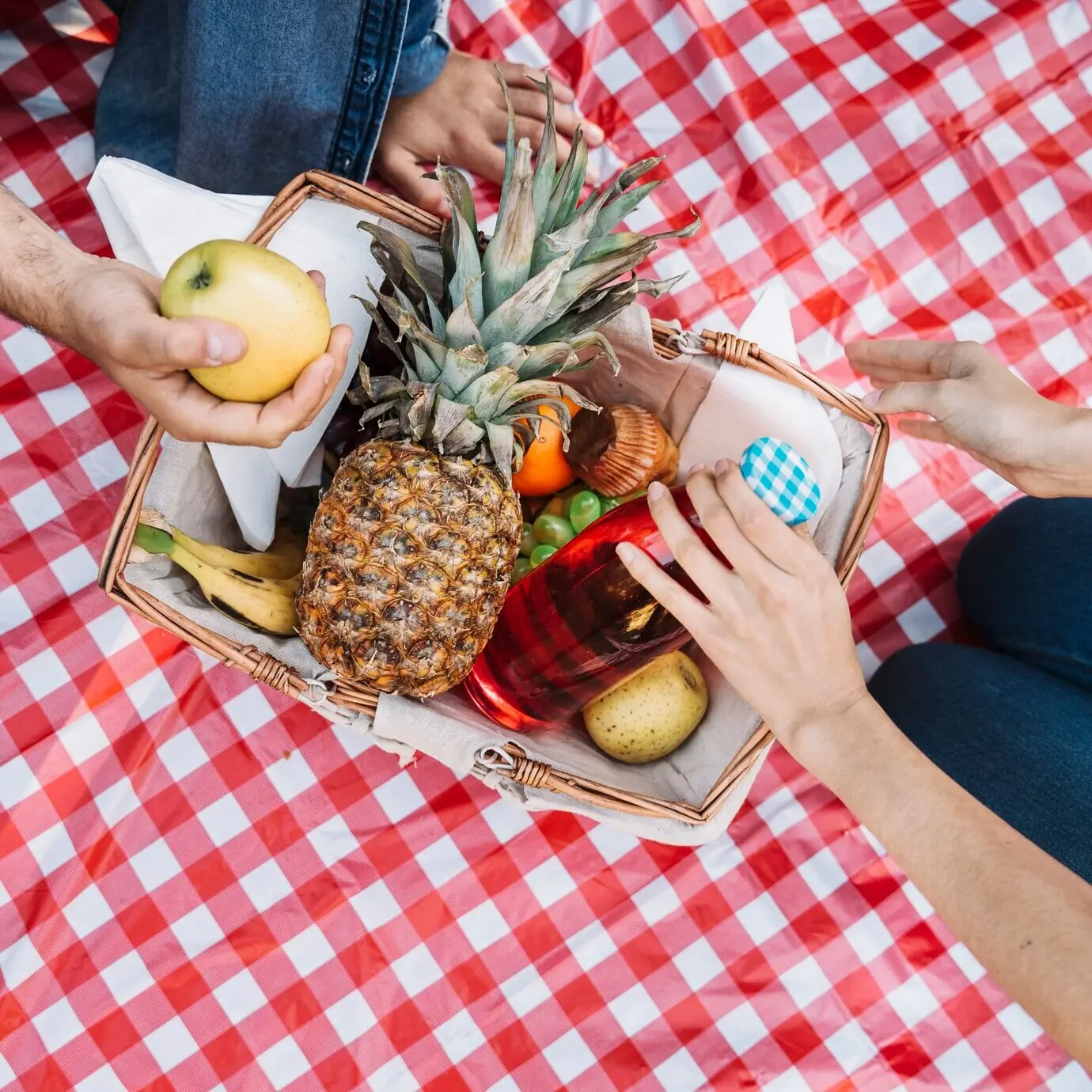From Wild Harvest to Shared Plate

First Touch: Handling Game and Fish the Moment It’s Down
Knife Kit and Cleanliness Rituals
A sharp, well-maintained knife, a compact honing steel, nitrile gloves, breathable game bags, paper towels, and biodegradable wipes form a reliable field ritual. Add a lightweight tarp and sealable bags for trim. Work with the wind, keep tools off dirt, shoo flies, and refresh edges often. Your future plate begins with meticulous simplicity.
The Field Dressing Flow
Move calmly and deliberately. Position the animal safely, open along seams, and avoid puncturing gastrointestinal organs. Remove entrails, let heat escape, and prop the cavity for airflow. For fish, bleed immediately, rinse with clean water, and ice aggressively. Every motion protects texture, aroma, and color, laying the foundation for butcher-friendly, kitchen-ready cuts later.
Wild Game Butchery Made Precise
Deer and Antelope: Breaking for Flavor and Utility
Work off the quarters and backstraps, staying along natural seams. Peel silver skin meticulously, saving clean trim for grind while reserving prime muscle for searing. Label cuts by muscle and date, and keep a light hand with trimming fat. Balanced organization now means smoother weeknight meals and special-occasion plates later.
Upland Birds and Waterfowl: Breasts, Legs, and Fat
Older birds benefit from longer, moist cooking, while younger birds shine with quick heat. Pluck when skin and fat offer flavor, especially in waterfowl, or skin for speed and cleanliness. Save legs and thighs for confit, soups, or braises. Small, thoughtful choices here produce silky textures and deeply satisfying meals afterward.
Rabbits, Hares, and Squirrels: Small Cuts, Big Payoffs
These nimble proteins reward patient trimming and gentle heat. Separate forelegs, hindlegs, and saddle, removing membranes that tighten during cooking. Brining or marinating helps maintain moisture. Use the frames for stock and fold the broth into stews or gravies. Tiny attentions add up, turning humble game into memorable comfort food.
Filleting Fish with Confidence and Care
Lean Versus Oily: Different Paths to Perfect Fillets
Lean fish like walleye and cod prefer minimal handling and drier storage, while oily species like salmon and mackerel benefit from quick processing, proper bleeding, and thoughtful skin decisions. Keep ice melt away from flesh, wipe surfaces dry, and cut with confident strokes. Texture, color, and aroma reveal every discipline you practice.
Pin Bones, Rib Cages, and Skinning Without Tears
Run fingertips to locate pin bones, then tweeze cleanly to avoid tearing. For rib bones, shallow cuts save precious flesh. Skin by anchoring the tail end and sliding smoothly, keeping the blade nearly flat. Work slowly until muscle memory forms, then savor the satisfaction of pristine, restaurant-worthy fillets ready for gentle heat.
Freshwater and Saltwater: Storage, Flavor, and Safety Nuances
Freshwater species can carry off-flavors if stored in warm conditions; purge with ice-cold water and keep coolers refreshed. Saltwater fish shine when bled deeply and cooled immediately. Separate species in the cooler to prevent flavor transfer, and label fillets by water type. Careful storage choices echo loudly on the dinner plate.
Cast-Iron Glory: Backstraps and Tender Fillets
Low, Slow, and Soulful: Braises, Poaches, and Confit
Nose-to-Tail and Fin-to-Scale: Waste Nothing






Values, Stories, and Sharing the Table
Mentors, Partners, and Learning Together
Gratitude, Ritual, and Ethical Harvest
Gatherings, Notes, and Joining the Conversation
Tools, Storage, and Planning for Smooth Weeks
